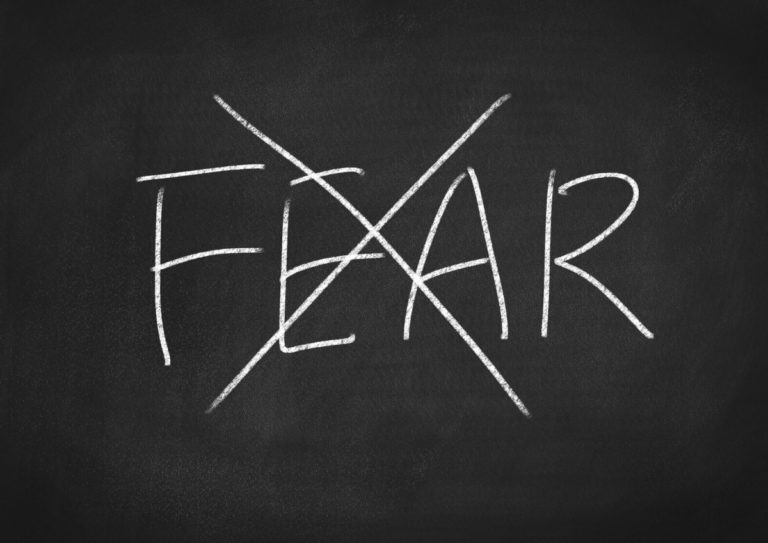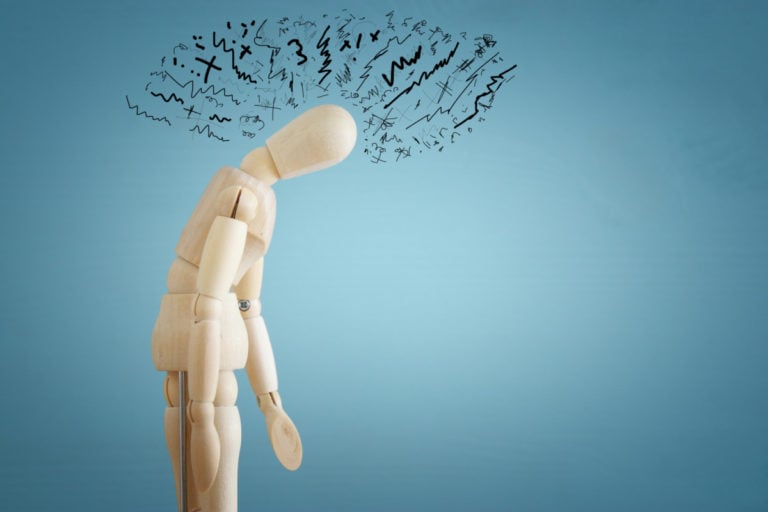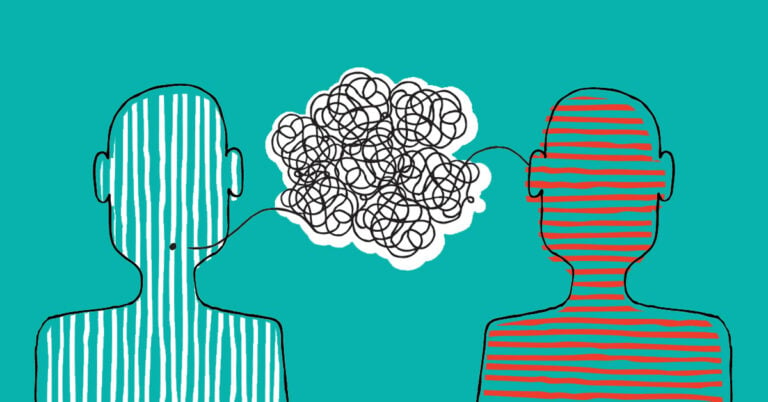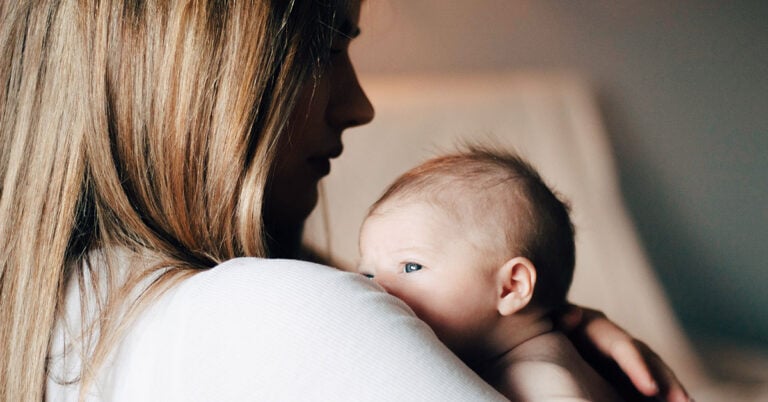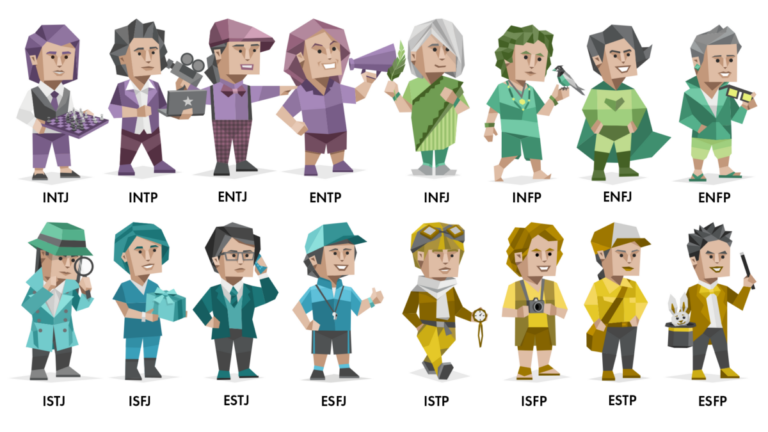The term “phobia” refers to a wide range of psychological disorders such as agoraphobia, claustrophobia, social phobia, etc.
A phobia is characterized by an irrational fear of a specific situation, such as a fear of an elevator, or a specific object, such as a fear of spiders. The phobic person is fully aware of his fear. Therefore, he tries his best to avoid a dangerous situation or object.
If we are talking about ophidiophobia, that is, the fear of snakes, then a person, for example, will not have difficulty avoiding this animal.
Other phobias, on the other hand, are hard to miss in everyday life, such as fear of crowds or fear of driving. In this case, the phobic person tries, but often unsuccessfully, to overcome the phobia that this situation gives him.
The anxiety that accompanies the phobia can then develop into a fit of anguish and quickly exhaust the person, both physically and psychologically. He tends to gradually isolate himself to stay away from these troublesome situations. Such avoidance may have more or less serious consequences for the professional and/or social life of the phobic.
There are different types of phobias. In the classifications, at first there are simple phobias and complex phobias, which include mainly agoraphobia and social phobia.
Among the simple phobias are:
- Phobias about various animals;
- Phobias, which correspond to fear caused by natural elements such as thunderstorms, heights, or water;
- Phobias arising from blood, injection or injury that correspond to fears associated with medical procedures;
- Situational phobias that deal with fears caused by a specific situation, such as public transport, tunnels, bridges, air travel, elevators, driving, or closed places.
Types of phobias
According to some sources, 1 in 10 people suffer from phobias. Women suffer the most (2 women per 1 man). Finally, some phobias are more common than others, and some may affect younger or older people more.
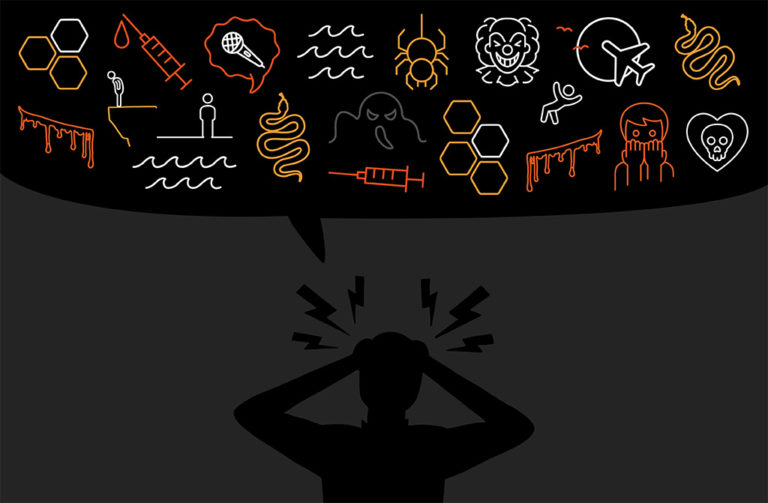
The most common phobias:
- Phobia of spiders (arachnophobia)
- Phobia of social situations (social phobia)
- Air travel phobia (aerodromophobia)
- Phobia of open spaces (agoraphobia)
- Phobia of enclosed spaces (claustrophobia)
- Phobia of heights (acrophobia)
- Water phobia (aquaphobia)
- Cancer phobia (carcinophobia)
- Phobia of thunderstorms, storms (scheymophobia)
- Phobia of death (necrophobia)
Rare phobias
- Fruit phobia (carpophobia)
- Phobia of cats (ailurophobia)
- Phobia of dogs (cynophobia)
- Phobia of being infected with germs (mystophobia)
- Phobia of childbirth (tokophobia)
From a study conducted with 1,000 people aged 18 to 70, researchers showed that women suffer more from pet phobia than men.
“Normal” childhood fears
The child often has some fears and fit into his normal development. Among the most common fears are: separation anxiety, fear of the dark, fear of monsters, fear of insects, etc.
Often these fears come and go with age. However, if certain fears have a noticeable effect on the behavior and well-being of the child, then do not hesitate to contact the pediatrician.
Diagnosis
To make a diagnosis of a phobia, you need to make sure that the person has a persistent fear of certain situations or objects.

A phobic person is terrified when confronted with a dangerous situation or object. This fear can quickly turn into constant anxiety, which can sometimes escalate into a panic attack. This anxiety prompts the phobic person to avoid situations or objects that make them fearful.
To make a diagnosis of a phobia, a healthcare professional may refer to the diagnostic criteria for a phobia. He can conduct an accurate clinical interview to look for signs of a phobia.
Reasons
A phobia is more than a fear, it is a real anxiety disorder. Some phobias develop more easily in childhood, such as anxiety about separation from the mother, while others appear more quickly in adolescence or adulthood. Be aware that a traumatic event or extreme stress can trigger a phobia.
Simple phobias often develop in childhood. Classical symptoms may begin between the ages of 4 and 8 years. Children who find themselves in a dark, enclosed space run the risk of subsequently developing a phobia of enclosed spaces, called claustrophobia.
The origin of complex phobias is more difficult to determine. Many factors (neurobiological, genetic, psychological or environmental) play a role in their occurrence.
Associated disorders
People with a phobia often experience other associated psychological disorders and habits, such as:
- an anxiety disorder such as panic disorder or another phobia;
- depression;
- Excessive intake of substances with anxiolytic properties, such as alcohol.
Complications
Suffering from a phobia can be a real disability for the person who has it. This disorder can affect the emotional, social, and professional lives of people with a phobia.
In an attempt to combat the anxiety that accompanies the phobia, some people may abuse certain substances with anxiolytic properties, such as alcohol and psychotropic drugs.
It is also possible that this anxiety develops into panic attacks or generalized anxiety disorder. In the most dramatic cases, the phobia can also lead some people to commit suicide.

